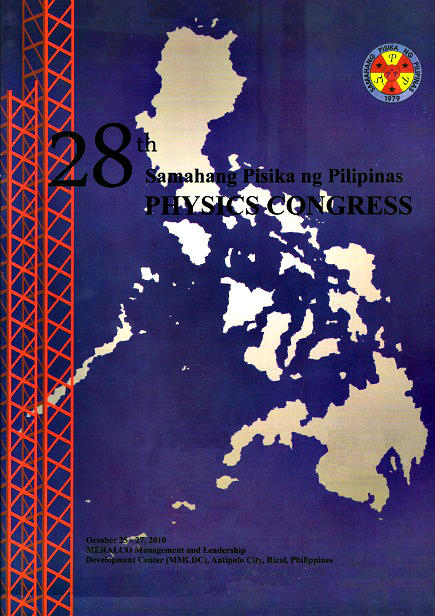Time and quantum mechanics
Abstract
In the Hilbert space formulation of quantum mechanics, Pauli's well known theorem asserts that no self-adjoint operator exists that is conjugate to a semibounded or discrete Hamiltonian. The theorem distilled the idea that self-adjointness and conjugacy of a time operator for a semibounded or discrete Hamiltonian cannot be imposed simultaneously. Since quantum observables are postulated to be selfadjoint operators in the earlier days of quantum mechanics, the nonexistence of self-adjoint time operator has been interpreted to mean that time is not a dynamical observable but a mere parameter marking the evolution of a quantum system. However, it is likewise acknowledged that time acquires dynamical significance when time is subject to measurement; moreover, there is the time-energy uncertainty principle, a reasonable interpretation of which requires more than a parametric treatment of time. This opposing views on time in quantum mechanics precipitated to what is now known as the quantum time problem. Pauli's theorem has been so ingrained into the physicist's psyche that it stifled serious sustained research on the quantum dynamical aspect of time until quite recently. One advance in the past decade is the construction of a counter example to Pauli's theorem. This led to the formulation of the first quantum time of arrival theory in the interacting case. In this talk we will discuss the ramifications of the theory in the foundations of quantum mechanics, and its consequences in time of flight spectroscopy and its theoretical relevance to the latest experiment in attosecond helium ionization.
Downloads
Issue
Strengthening physics research and education for a brighter tomorrow
25-27 October 2010, MERALCO Management and Leadership Development Center, Antipolo City











